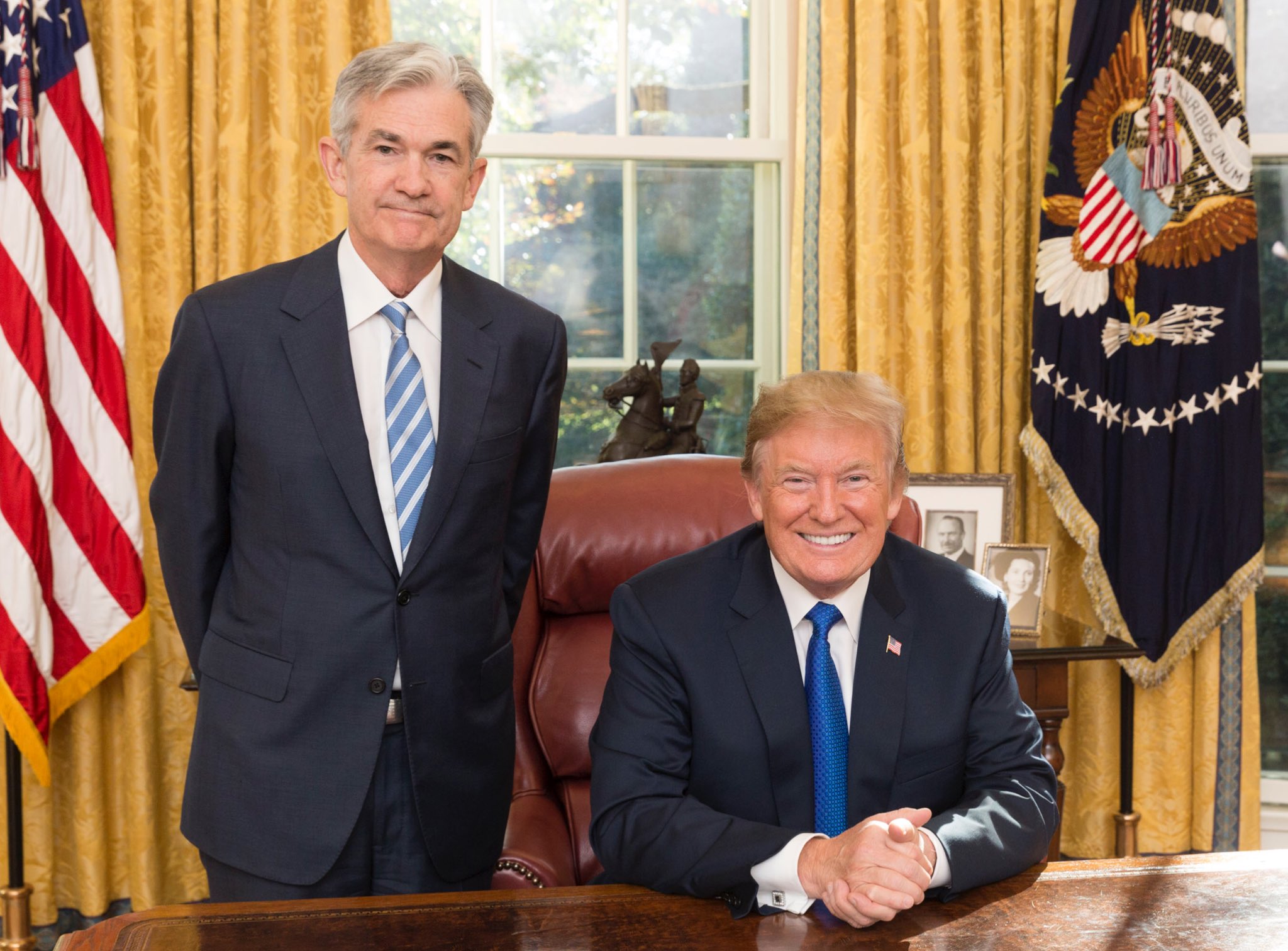In the financial markets, a significant shift is underway as bond traders intensify their wagers on Federal Reserve rate cuts following the latest Producer Price Index (PPI) data. The drop in Treasury (TLT) two-year yields to their lowest point since May is a clear reaction to the unexpected decline in producer prices, bolstering the probability of a Fed rate reduction as early as March. This renewed speculation comes in the wake of contrasting economic data, including a higher-than-expected consumer price index, signaling a challenging path for the Fed in achieving its 2% inflation target. These market dynamics are unfolding amid the commencement of the U.S. earnings season and evolving geopolitical tensions, adding layers of complexity as investors navigate through the shifting landscape.
The anticipation of a potential rate cut has prompted varying reactions from market experts. Ben Jeffery at BMO (BMO) Capital Markets believes the market will continue to favor the March cut trade, citing not only the economic indicators but also geopolitical developments in the Red Sea, which have implications for both market stability and inflation. The S&P 500 (SPY) has shown fluctuations, yet it's on track for a weekly gain, contrasting with a decline in Bitcoin (GBTC). Oil prices have surged due to airstrikes in Yemen, underscoring the interconnected nature of global events and their impact on financial markets.
Market Overview:
-Bond traders ramp up bets on Fed rate cuts in March after surprise PPI dip, pushing treasury yields lower.
-S&P 500 fluctuates but heads for weekly gain, oil jumps on Yemen airstrikes, Bitcoin slumps.
-US bank earnings kick off, with Wells Fargo (WFC) predicting a net interest income decline and Citigroup (C) announcing 20,000 job cuts.
Key Points:
-Producer price data weakens expectations for hawkish Fed, boosting hopes for early rate cuts.
-Geopolitical turmoil in the Red Sea threatens disinflationary trends, raising supply chain and inflation concerns.
-Investors cautious despite market rally, anticipating company earnings to reveal the true picture of corporate health.
Looking Ahead:
-Fed remains cautious, despite market's hawkish pivot expectations, while ECB and other central banks may become more assertive.
-Earnings season takes center stage, with analysts projecting modest S&P 500 profit growth.
-Boeing (BA) 737 Max investigation and Dish Network's potential default add uncertainty to the market landscape.
In this intricate web of economic factors, the energy sector and supply chains play pivotal roles. The recent turmoil in the Red Sea is disrupting the disinflationary trends previously aided by falling energy costs and smoother supply chains post-pandemic. Mohamed El-Erian, a prominent financial expert, highlights the vulnerability of the global supply side to such shocks. Chris Larkin from E*Trade, a Morgan Stanley (MS) company, however, views the latest PPI figures as less of a surprise, considering the already observable trend of producer prices declining faster than consumer prices.
Looking ahead, investors are realigning their expectations for the Federal Reserve's policy decisions. While inflation has shown signs of slowing since its mid-2022 peak, the market is pricing in a less aggressive stance from the Fed, as opposed to other central banks, which might surprise with hawkish policies. This sentiment is reflected in Bank of America’s (BAC) latest monthly sentiment survey, revealing a decline in expectations for hawkish Fed surprises. Meanwhile, Barclays (BCS) economists anticipate an earlier start to Fed easing, projecting the first rate cut in March, a shift driven by recent progress on inflation.




